So you know all those articles out there about fascinating cultural differences between East and West, North and South, Star Wars and Star Trek? And how even though we’re separated by oceans and hemispheres and rivers and smartphone preferences, we’re all kind of alike on the inside? And that learning about those captivating differences can be a wonderful way of getting to know each other, and ourselves, just a little better?
This is not one of those articles. Because they will tell you interesting things, that everyone knows and nobody can ever forget. This article is all about boring nonsense that no one will ever bother telling you about, but that you desperately need to know anyway.
Some of these are country-specific, so you won’t run into them in every European country, but you’ll want to keep an eye out for them when you do.
1) They write the number 1 like a triangle
Seriously.
I’ll be honest––I had no idea what was going on when I first saw this written down. It didn’t even register to me that it was a number. I just thought I had run into some weird mathematical notation that nobody had ever taught me in high school, but it’s literally just how they write a 1.
It makes a certain kind of sense; they want to differentiate it from a capital i, which can often just be a vertical line, just like a 1, so they take the serif from the top of the 1 and extend it all the way to the base. That’s my guess, anyway.
2) They give you a thumbs-up to say “1”
So when you go into a train station to buy a ticket, you’ll say your destination, and the ticket people will literally give you a thumbs up.
Um, it’s great that I’m going to Barcelona, I guess? Do they give a thumbs down if you’re going to Paris or something?
But no, that’s a 1. They start counting with thumbs, then move on to pointer fingers, whereas most Americans start with the pointer finger. I suppose it makes sense to start this way, since you would then be going in order as you move down the hand, rather than adding a thumb at the end when you get to 5, but it still looked more like a sign of approval than a numerical unit the first dozen times I ran into it.
3) They write decimals and thousands with opposite punctuation
You’d think they’d do this in Australia, given their fondness for doing everything backwards, or at least upside-down––but they do indeed use dots for thousands, and commas for decimals, exactly the opposite of how it’s done in the States.
Like this:
This one isn’t too dangerous, because if you’re doing things the American way, it’s impossible for a decimal to repeat itself in the middle of the number, and a comma should have 3 numbers after it, rather than 2. So if you run into this problem and you don’t know what the hell is going on, at least you’ll be so confused that you won’t actually do anything…which is unfortunately the opposite of the next problem.
4) They write the date as day/month/year
I would imagine a good 40% of Americans screw up their train tickets every year in Europe because of this particular cultural quirk. When writing the date, they go day, month, year, rather than month, day, year.
Like this:
If the first number is a 24, or anything else higher than 12, you’re more likely to be confused than anything else; but if the first and second number are both lower than 12, you’re likely to switch them around in your head and book a ticket for August instead of May.
The way to remember this one is how it goes small, medium, big, in terms of time; days are smaller than months, which are smaller than years. Pretty intuitive, despite being a little confusing when you first run into it.
Another good reminder is to remember The Third of May, 1808 from your art history class:
It wasn’t called May Third or anything silly like that.
And if you’re more of a comic book person, just think back to your V for Vendetta days and remember, remember, the 5th of November.
See? Numerical notion is fun!
Well, that’s about it. And sure, there are plenty of interesting cultural quirks worth thinking about, but those are best left for some other time, because everyone is already going to tell you about siestas in Spain, snails in France, and waffles in Belgium. But someone needed to fill you in on the boring details, and that someone is me.

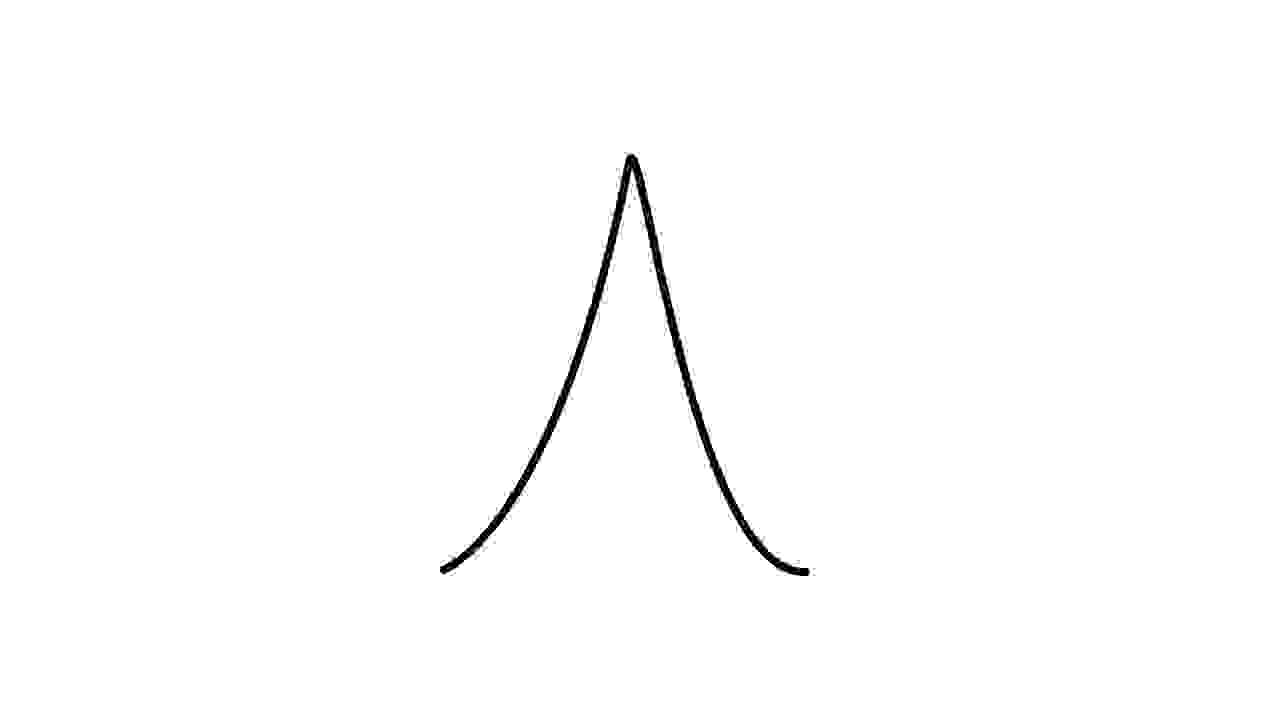

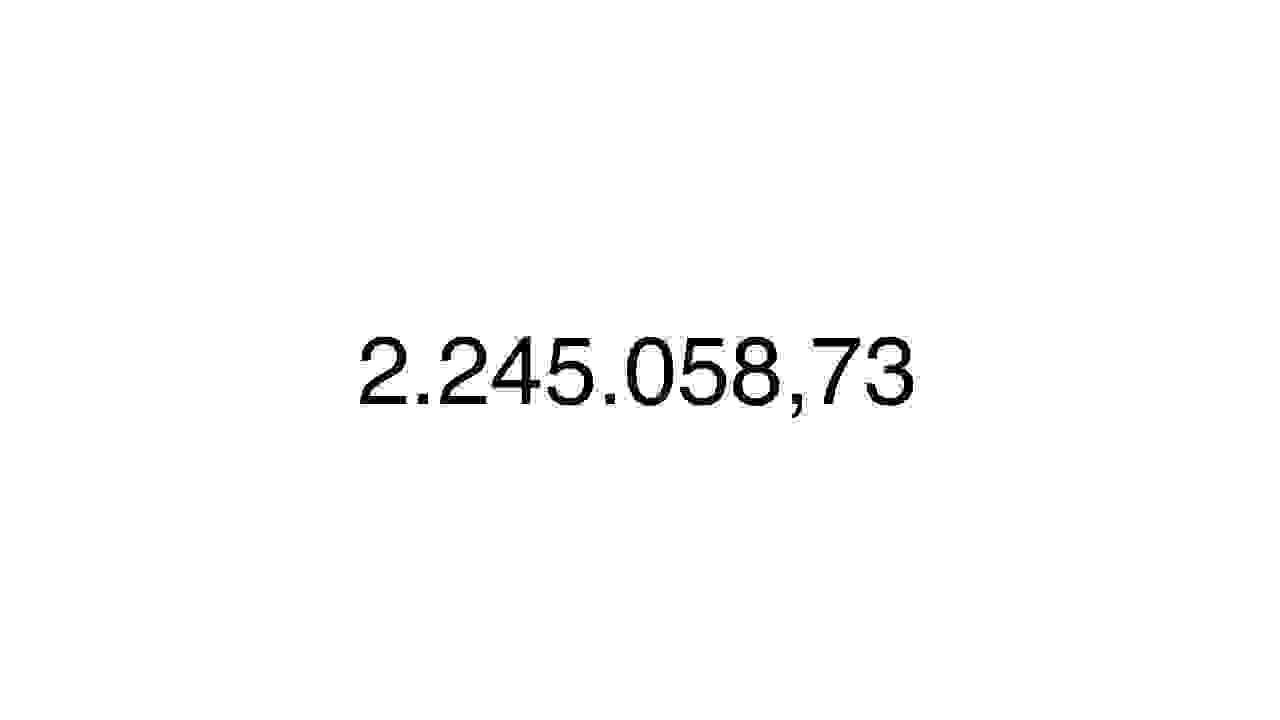
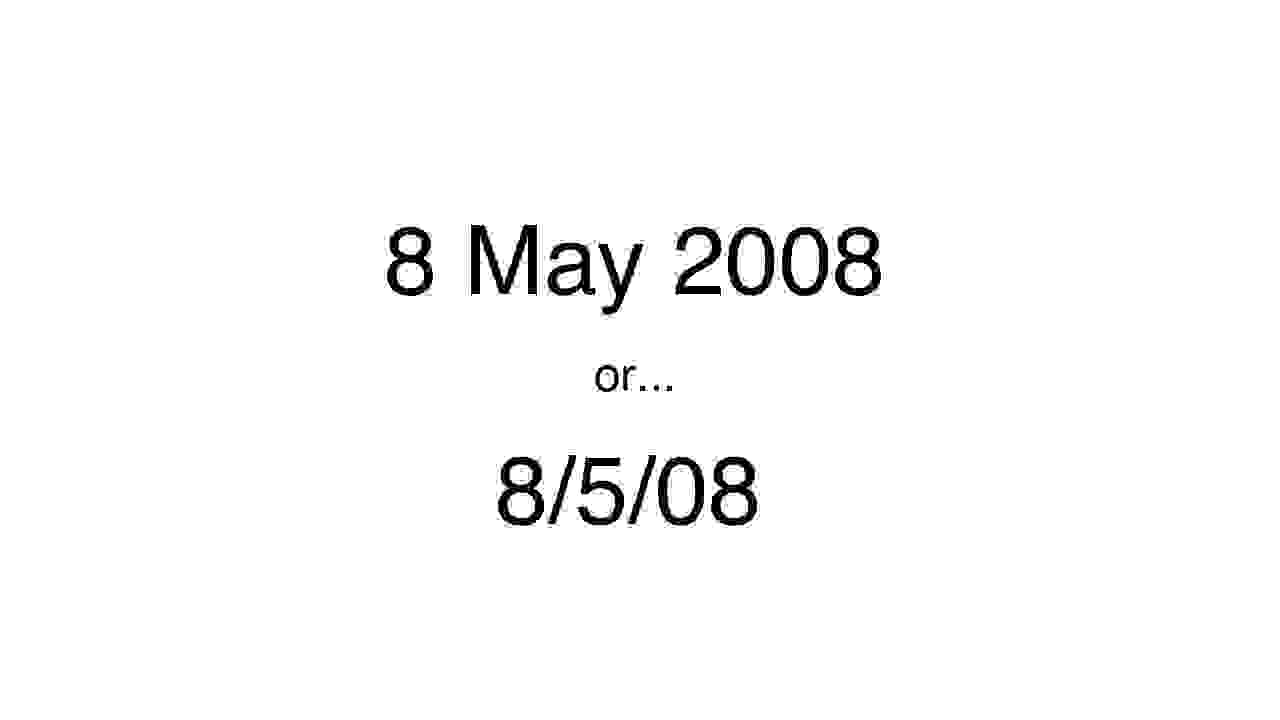
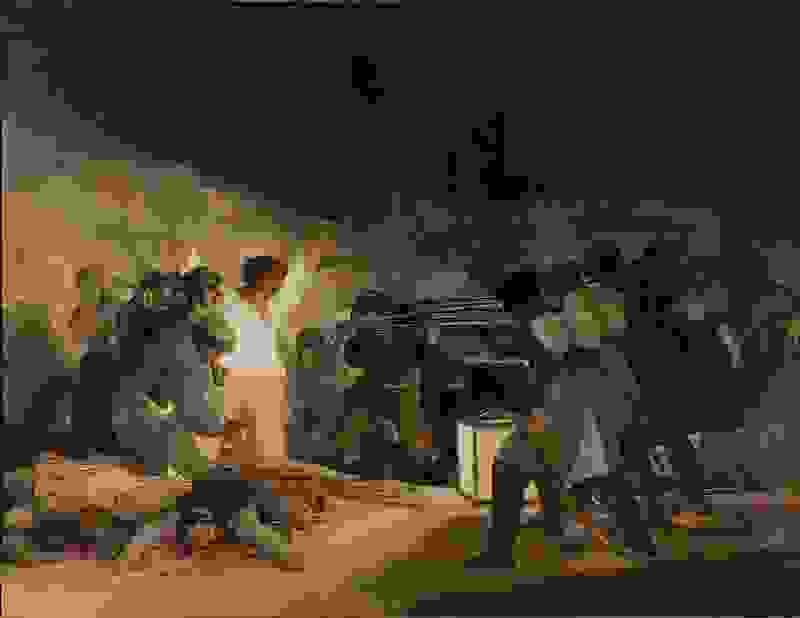


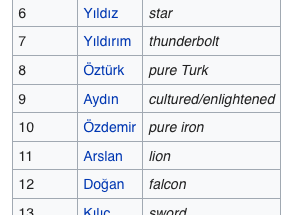
Hi
I’m living in France and I must add some things :
– For the number 1 writing, I disagree. That’s not what teacher teach to their pupils, that’s not how most of people are writing it. The most common way for handwriting a 1 is just like an Arial or other sans-serif font.
– Thumbs to start counting. Yes, that’s how kids learn to count… even if we probably should told them to count using a base 2, so they can count until 31 (2^5 variations including 0) :-) but not very easy for a 3 year old.
– In France the numbers are written “2 245 058,73” that’s the official way: a space between every “thousands” and a comma to separate the decimals. But when handwriting people tends to omit the space so it often becomes “2245058,73”.
– About the date: 100% right, that’s something we European don’t understand about English and American people : how odd it is to start with the month! Starting with the year then month then day could be a great option, but come on, month then day then year, what a random order :)
– You don’t mention the international scientific system (metric, weight and others). How much more practical it is to have every unit being 10 based on the other unit !!! 1 meter is 100 centimeters (even the name explains that a centi-meter is 1/100 of a meter) same for millimeters (1/1000th of a meter of a tenth of a centimeter). For pressure for example, the american units become a nightmare: psi : pound per square inch. If you have to convert this into something else (oz per square feet?) that’s not very easy.
– the position of the space around punctuation: in France at least, all “double signs” have a space before and a space after. for example “Marie dit : j’aime la France !” (space before “:” and “!”)
I skipped the metric system because I figured everyone knows about that already, and I wanted to mention just the weird stuff that no one tells you about. And I can’t imagine writing millions with just spaces…it’s so hard to read with just spaces, or even worse, when they’re all scrunched together…
Hi there!
That´s not weird, that´s not even cultural ;) just something a country or continent agreed upon at some point. And the number “1” thing – I have never ever seen that before in Europe. Also the thumbs up – yeah that´s for kids. Maybe they were happy to understand what you wanted and show you everything is a-ok? The rest well…. it´s also pretty odd for Europeans that Americans switch commas and dots and that the dates are the other way around and the metric system/ fahrenheit and that stuff… but well, one reads about this a thousand times and we just deal with it when coming to the US… :P … every country`s choice, totally ok. But I´m glad there´s apps out there nowadays to quickly find out what the days temperature will be and stuff like a `gallon` or 2 stone or 5 yards. Hardest thing beside temperatures is actually height and length for me … when someone says like “I´m 5,10” I have absolutely no clue. I just remember if there´s a 5 in front then the person is short to average (very distictive now, ey?) and if there´s a 6 someone is bigger. That´s like 5 times 30,48cm plus 1 time 2,05cm and then you are there… aw man.
Just a thing of perspective…and math :P
Yeah, feet and inches are terrible. Maybe someday we’ll switch.
I agree with spf re: the writing of the number 1. I live in Finland and have never seen anyone write number one as described in the article. Also, we in the Nordics write numbers similarly to French custom.
Cheers from Finland and thanks for an interesting blog, I’ve been reading it for years.
I updated it to mention it was just certain countries that do this, although it has been all of them as far as I’ve seen so far. Thanks for reading!
AFAIK, it is only the USA that write dates like this. English people do it like everyone else.
Number 1 and 2 are valid for only a few European countries. Using the wrong fingers for showing a number was what compromised a British officer posing as a German officer in the movie Inglorious Basterds.
You might as well include the number 7, it is written in several different ways in Europe. I have seen people from other European countries write a 7 that looks like a 1 to me.
Yeah, I’ve seen enough variation in the 7 that I didn’t think I had an answer for it. Sometimes it has that horizontal line, and sometimes not.
Are you *sure* the 7’s without a horizontal line weren’t 1’s in disguise? :) While I’ve never seen a 1 written as a triangle in Europe (or anywhere else), I have often seen them written with verrrry long serifs, which looks like a 7 to me (except that IME 7s are nearly always crossed in Europe, but not the US). #4 is unequivocally the only correct way to write dates. Too bad we got that one wrong here.
They seem to write the 7 with a pretty clear horizontal top line, to distinguish it from the triangle 1. Not everyone adds the extra crossbar to the 7, but I think they were still 7s. Writing a 1 with a huge serif seems like it would just be doomed to failure of understanding, which is why they go for triangles.
I never came across the thumbs up for the number one (born in Western Europe and lived there for almost 30 years then moved overseas ages ago) but I wonder if it’s a Southern/Eastern European thing? Yes, you start with the thumb if you are counting off, but if you indicate a known number you do not use the thumb for the numbers one to four (but you do from five upwards, so six is a full hand and a thumb). There is logic to it… Remembering to use the different punctuation for thousands and decimals took me ages though.
The thumbs up thing was something I saw in Spain and I think Italy, and a few other places, so you might be right that it’s mostly in the South.
I can’t stand the decimal thing. Drives me crazy.
I think it’s a mistake to say Europeans without specifying exactly what part of Europe (country) you’ve seen these aspects.
Europe is a diverse collection of countries and you have to consider that aspect.
I live in Ireland so here are some clarifications for my country (and yes we are part of Europe!).
1. That’s how we write it, just a normal 1 no triangle.
2. Yes we start counting with a thumb. But it’s not a thumbs “up”. We hold the hand at a 45 degree angle to the ground and count. The hand isn’t pointing straight up to to the sky, so it’s not a thumbs “up”. See the difference? Also if we want to denote only a 1 (one ticket) and no further, then we use our index finger.
3. We write 1,234,567.89. Only one decimal point. Multiple commas. No spaces.
4. Yes the date format is DD/MM/YY or even DD/MM/YYYY (more common since the Y2K).
And finally, these things aren’t “dumb” , they are simply cultural differences. Don’t these exist in the US?
That’s a good point. I’ve updated it to say it’s not necessarily all countries, but it’s worth keeping a lookout for these sorts of things over there if you run into them.
And I don’t mean they’re dumb things to do, I mean they’re silly to mention, which is why nobody bothers filling you in on these sorts of mundane things ahead of time…which they totally should.
The comment
“About the date: 100% right, that’s something we European don’t understand about English and American people” is wrong.
England doesn’t use this method. It’s only Americans. 😂😂😂
I’m English and have lived in America for nearly 30 years now – and that date thing STILL bugs me. It’s totally backwards to put the month first. It goes “small, bigger biggest”, not “bigger, small, biggest”.
I get confused enough that I try to never write the date using only numerals. That way lies madness and confusion…
Tell them how they notate their Independence Day and watch their brains get confused.
I once heard someone say; What is with Americans and their obsession with the 9th of November ? 😁
#GoldenGob
A bit too general. Europe is around 28 countries, all with independent Governments, laws and customs, though the European Union is trying to convince its members that they are identical, and should have all major decisions made centrally. OK, so some countries write a 1 with a long serif, but certainly not all.
When you count on your fingers, it is natural to start with the thumb. I hadn’t realised Americans did otherwise.
The famous three glasses scene in Inglourious Basterds, demonstrates that even English and German use their digits differently when counting.
The most important thing for Americans to learn is that the fact that most Europeans spend Euros doesn’t mean that prices are fixed. Check the price of a Big Mac in Euros throughput Europe! And above all, don’t overtime. You won’t get bad mouthed or chased down the street by an irate waiter if you don’t leave a tip, or just the balance of small coins above a whole number of Euros. Waiters here get a living wage, and don’t rely on tips for their survival. It is a bonus for exceptional service.
Fair enough. The tipping thing is still weird to me. I always feel like I’m going to get it wrong and screw it up when I cross a border and annoy the hell out of someone.
Really enjoyed your observations. Helpful AND interesting!
Regarding point #3, a comma as a decimal point is actually less likely to be missed than a period, but how do they list multiple numbers, I wonder. Personally, I generally use the space between every three digits and use a period for a decimal point. I seemed to have learned that in one of my science classes once, and it made sense to me.
Regarding point #4, I actually like the international DD MM YYYY system better than the American system.
However, I would sugges that both systems are archaic. We live in a digital age and I always use a YYYY MM DD numbering system for files so that they will sort numerically by date in a computer.
I like the year-first dating system on computers for sure.
You had more luck with previous posts. This was an embarrassment.
What’s embarrassing is how clueless I was when people gave me a thumbs-up in the middle of the train ticket line. I only wish someone had told me about that ahead of time.